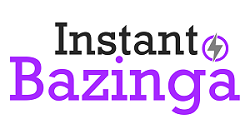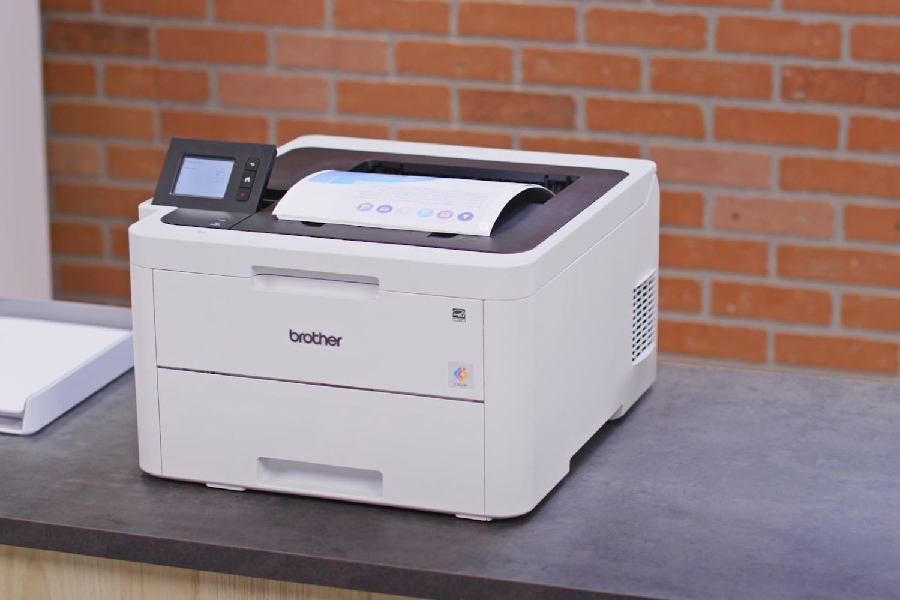Many different forms of modern printing exist and are used each and every day. High volume printing in the modern world is focused on four methods, including flexography, rotogravure, offset lithography, and screen printing. Each method has a niche in the high volume printing market.
Flexography
Known as the modern version of the letterpress, flexography is used to print on plastic, metallic films, cellophane, cardboard boxes, bottle labels, plastic, gift wrap, cellophane, grocery bags, paper and other substrates. The printing process uses a high-speed rotary design paired with a flexible relief plate to accomplish printing. The roller used in flexography is known as an anilox roll and should be cleaned with an anilox roll cleaner.
Rotogravure
Also known as gravure printing, it is used to print mail-order catalogs, Sunday newspapers and inserts, long-run magazines in excess of one million copies, laminates for furniture, brochures, wallpaper, annual reports, and other large-volume materials. Gravure is a type of intaglio printing, which is the opposite of relief plate printing because the ink is held in lines cut on the surface. The process uses an etched copper plate and direct contact with the paper to achieve high-quality printing that is also expensive. Much of this expense is from the etched copper plate, but it is the best way to print these products.
Offset
Offset lithography is the most commonly used, high volume modern printing technique. It is used to print most newspapers and books and is known as the workhorse of the printing industry. Offset printing works by transferring or offsetting ink from a plate or stone to an even rubber surface and then to the paper. When combined with lithography, which is the process of printing from a flat surface treated for the purpose of repelling the ink except where it is desired for printing, this produces a flat printed surface.
Screen
This printing technique is sometimes called silk-screening. Screen printing is used for bold and colorful printing such as bumper stickers, floor tiles, ring binders, t-shirts, and more. The technique works by forcing ink through a mesh or screen that follows a stencil. Each color of ink requires a separate stencil. When combined with rotary technology, high volume screen printing is made possible.
High volume printing is still a significant industry in the modern digital age. People still desire paper books and newspapers, raised print, flat print, and bold, multi-colored stencil printed items.




